System Mart and Reliable Controls: 15 years of purposeful partnership
System Mart doesn’t just implement Reliable Controls solutions. It embodies our values of reliability, trust, and long-term commitment. Learn more.





Not surprisingly, many of us who work with building automation systems in the commercial built environment enjoy the benefits of building automation in our personal lives too. Some of us are quite particular and apply the know-how we’ve learned in our commercial experience to our home environments, but others have settled for the convenience of less sophisticated, less expensive home automation systems that can be readily purchased on the web or at a local store.
If you’ve been keeping a reasonably close eye on the news these days, you may have noticed the smart-home automation industry has thrown up a couple of significant cautionary flags this year. They are worth mentioning because they can underscore some valuable lessons on how to minimize the vulnerabilities you might unwittingly encounter as you manage the sustainability of your commercial building portfolios and professional careers.
As reported in the Daily Mail, thousands of homeowners across Europe reported problems with their Amazon home-automation products during a two-hour outage on January 21, 2022.1 Voice commands to Amazon’s Alexa and Echo devices were ignored, home security alarms could not be silenced, and many users had to relearn where their manual light switches were located.
Smart-home IoT company Insteon, without warning to its customer base, suddenly shut down its apps and servers in April,2 disabling access to its cloud-dependent control of homeowners’ lights, sensors, electrical wall outlets, and thermostats. Four days later the company posted a letter on its website announcing it was going out of business due to supply-chain disruptions and a failed attempt to find a buyer for the company. As reported in WIRED, Insteon was one of the smaller IoT companies in the smart-home industry, with approximately 1.3 million customers.3
The big takeaway from these events is to appreciate how fragile some smart-home automation systems can be when their underlying communication architectures are so dependent on external factors. Ideally, these systems should avoid having critical operations rely on a centralized external communication architecture. Of course, there is no denying software as a service and internet connectivity both have enormous benefits, but the vulnerability of a centralized external communication architecture, as the Daily Mail article highlights, is that it creates a single “simple point of failure.” We in the commercial building automation industry learned this lesson many decades ago, but the two examples cited here are a good reminder, especially to new folks in the industry, why prudent practitioners demand architectures of distributed embedded control. Distributed architectures of embedded controllers allow control sequences to persist and dependably execute despite a break in connection from centralized services. In other words, make sure the devices in your buildings continue to reliably function and respond to occupants’ expectations in the event of unexpected disconnection from the internet or a cloud-server outage.
If you are looking to integrate IoT products into your commercial building, be cautious of the vulnerabilities being experienced by companies and customers in the home automation industry. Let Reliable Controls and the Reliable Controls Authorized Dealer network help you pursue the ART of Building Sustainability with an entire family of fully programmable, distributed, and embedded BTL Listed and certified products.
2 https://arstechnica.com/gadgets/2022/04/shameful-insteon-looks-dead-just-like-its-users-smart-homes/
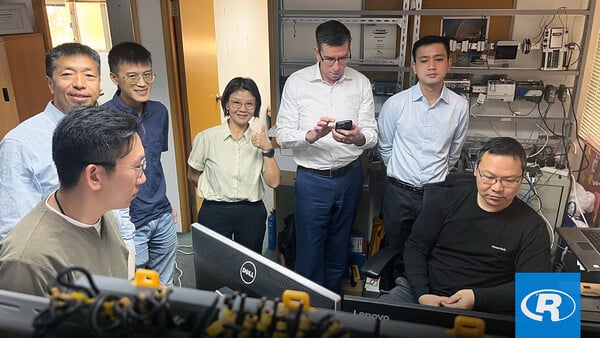
System Mart doesn’t just implement Reliable Controls solutions. It embodies our values of reliability, trust, and long-term commitment. Learn more.
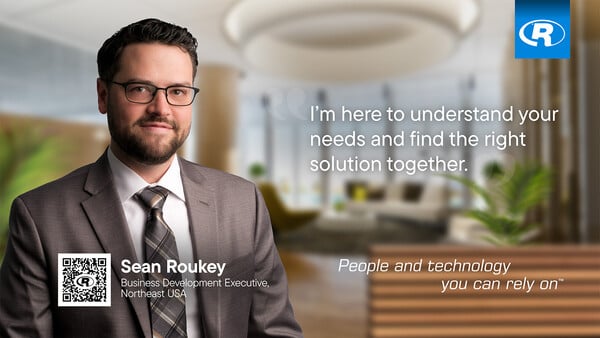
How does Business Development Executive Sean Roukey help our dealers grow and succeed?
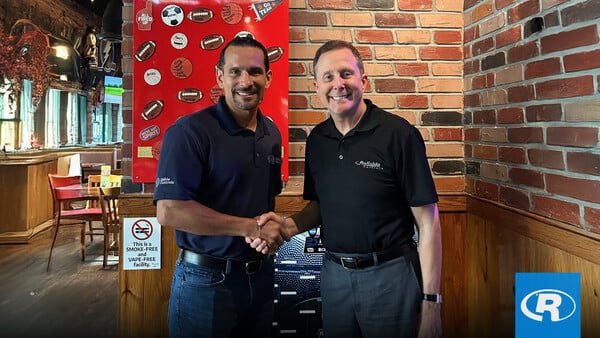
Discover how Liable Controls is bringing relationship-first building automation to South Florida as a new Authorized Dealer.
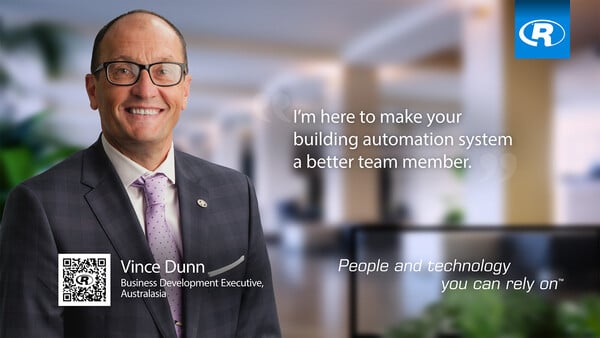
What drives our new Business Development Executive for Australasia to make a difference in the world?
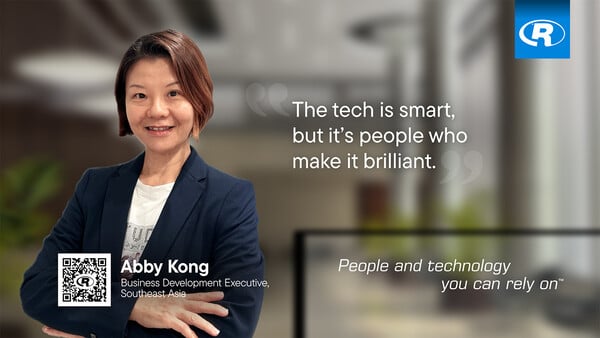
Get to know Abby Kong, Business Development Executive for Southeast Asia.
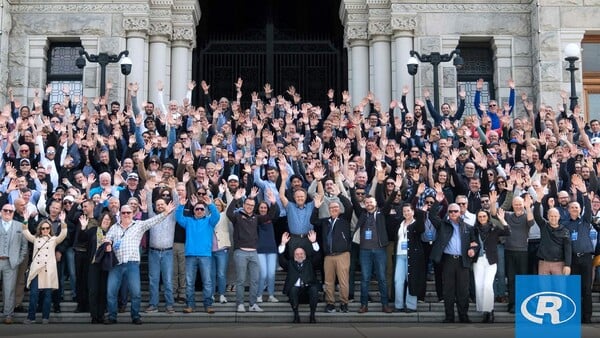
Find out why we’re the right partner to help you meet your goals.

With Ameresco in Chicago and Central Florida joining our dealer network, we’re expanding our ability to deliver simple, flexible, sustainable solutions to customers in Illinois and Florida.
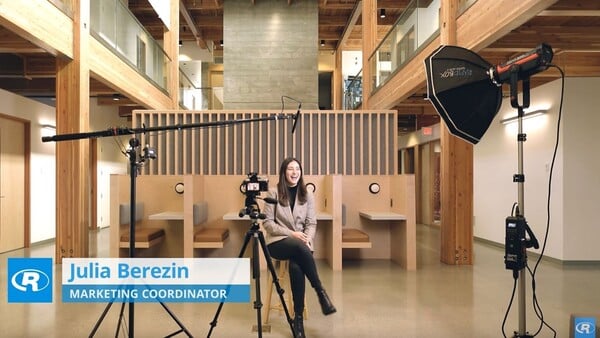
Interested to learn what Reliable Controls looks like for co-op students?